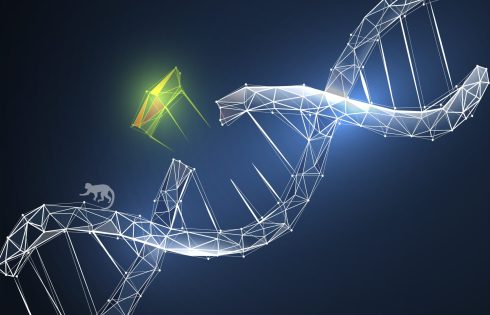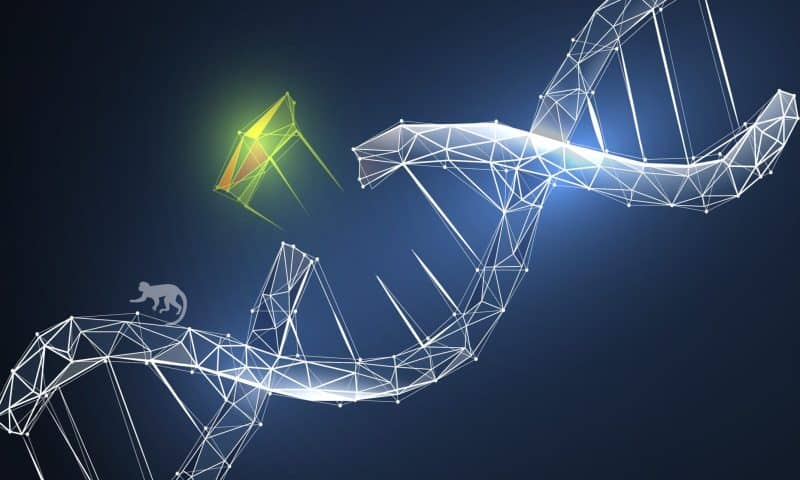
Genetic engineering in non-human primates has been challenged by the limitations of virus-based gene delivery methods. Recently, researchers in Japan successfully used a nonviral system to introduce a transgene into cynomolgus monkeys.
“Our research represents a milestone in the field of genetic engineering,” explained Tomoyuki Tsukiyama, PhD, associate professor in developmental engineering, reproductive and stem cell biology at the Institute for the Advanced Study of Human Biology (WPI-ASHBi) in Kyoto, Japan. “Our method provides a practical and efficient way to introduce transgenes into non-human primates, which we hope will unlock new insights into complex human diseases.”
This work is published in Nature Communications in the paper, “Non-viral generation of transgenic non-human primates via the piggyBac transposon system.”
Although non-human primates are an essential model for biomedical research, genetic modification of these animals has been challenging. For example, conventional virus-based methods (lentiviral methods have been used for generating transgenic monkeys) require specialized containment facilities and are limited in terms of the size of transgenes that the viruses can carry. Also, these methods do not allow for precise selection of modified embryos before implantation.
To overcome these challenges, the research team sought an alternative to using viruses to carry transgenes, instead opting for a nonviral piggyBac transposon system. The piggyBac transposon system offers several advantages over traditional virus-based approaches, including greater flexibility in terms of the size of transgenes that can be carried and the ability to confirm successful modifications at the early embryo stage. This allows for more efficient embryo screening before implantation, increasing the likelihood of producing genetically modified animals that carry the desired traits.
After optimizing the protocol in mice, the authors noted that “the co-injection of piggyBac components with sperm into metaphase II-stage oocytes successfully [generated] transgenic monkeys expressing transgenes throughout their whole bodies.” Transgene expression, they say, was observed in all examined tissue types, including germ cells, although the levels of expression vary.
More specifically, in the resulting cynomolgus monkeys, there was widespread expression of fluorescent reporter genes. Red fluorescent protein was localized to cell membranes, and green fluorescent protein was localized to cell nuclei. Expression was confirmed across all tissues examined, including germ cells, demonstrating that the transgene was stably introduced. These findings suggest that the piggyBac transposon system has significant potential for creating genetically modified primates, which could be used to study human disease in ways that traditional rodent models cannot replicate.
While the transgene integration pattern was consistent across different tissues, expression levels varied. This variability underscores the need in future applications to carefully select promoters based on the target tissue. For example, genes such as OCT3/4 and DDX4 play important roles in germ cell lineage differentiation, while SYN1 and THY1 are involved in neuronal lineage differentiation. By selecting appropriate promoters for specific tissues, researchers can fine-tune gene expression to achieve the desired effects, an essential step in advancing genetic models for disease research.
The team plans to expand the applications of this system to include multiplex gene expression and precise transgene control, thereby allowing for more sophisticated genetic models. In addition, the researchers are exploring the potential for integrating epigenetic data about how genes are turned on and off into their work in order to better understand how gene expression is regulated at the molecular level. By refining these techniques, the researchers aim to explore disease mechanisms that remain inaccessible in rodent models and ultimately improve our understanding of complex health conditions in humans.

